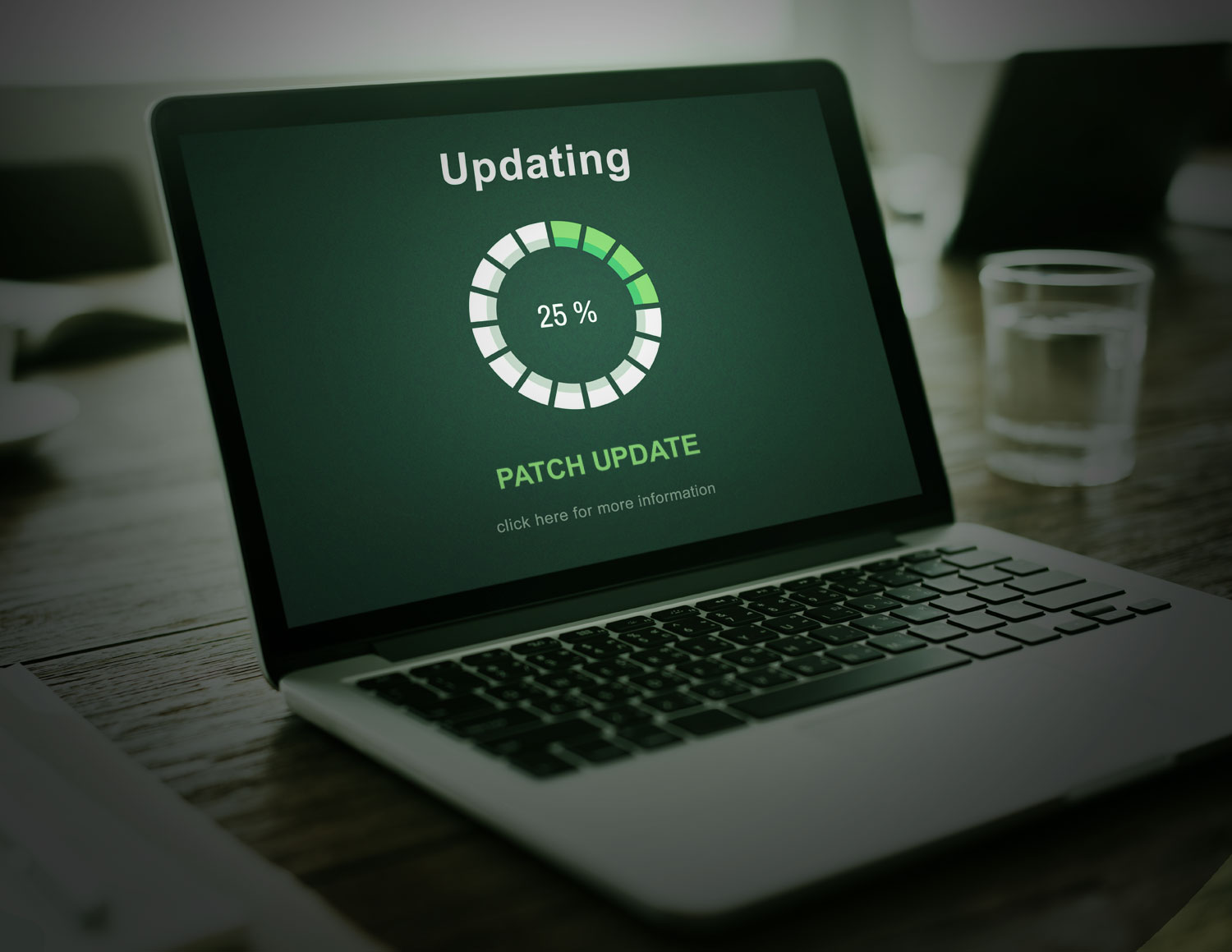Software Patching
Learn Why Software Patching Safeguards Against Cyber Threats

In the rapidly evolving landscape of cybersecurity,
the significance of regular software patching cannot be overstated
Software are Prime Targets
Software vulnerabilities are a prime target for cyber adversaries seeking unauthorized access and data breaches. Regular patching acts as a proactive defense mechanism, addressing known vulnerabilities and reducing the attack surface, thereby mitigating the risk of exploitation.
Data Protection & Privacy
With the increasing value of data and the growing number of privacy regulations, organizations must prioritize data protection. Patching helps fortify security measures, ensuring that sensitive information remains confidential and safeguarding against data breaches that could compromise customer trust and damage reputation.
Cost savings in the long run
Investing in proactive software patching is a cost effective strategy compared to dealing with the aftermath of a security breach. The financial and reputational costs associated with a successful cyberattack can be significantly higher than the investment required for regular and systematic patch management.
According to Nordlocker Ransomware statistics (2022-2030)
Ransomware cases across the US
As stated on Nordlocker, California, Texas, Florida, and New York have the top ransomware reports. Conversely, Missouri and South Dakota are more than 10 times safer for businesses.

Source: Ransomware groups’ websites and US Bureau of Labor Statistics
5 benefits to
regular & systematic
patch management
#1 - A Proactive Defense
Regular software patching instills a mindset of vigilance and preparedness, fostering a culture where cybersecurity is not merely a reactive measure but an integral part of day-to-day operations.
#2 - Zero-Day Exploits
Cyber attackers are adept at exploiting newly discovered vulnerabilities known as zero-day exploits. Timely software patching is a crucial line of defense, preventing potential catastrophic consequences.
#3 - Unpatched Systems are Susceptible
Regular patching not only enhances security but also contributes to the overall stability and performance of IT systems, promoting a seamless and reliable user experience.
#4 - Requirement for Compliance
Meeting compliance standards and regulatory requirements is paramount in today’s business environment. Software patching is often a fundamental requirement for compliance, ensuring that organizations adhere to industry-specific regulations and standards, thereby avoiding legal repercussions.
#5 - Cost Effective Strategy
Investing in proactive software patching is a cost effective strategy compared to dealing with the aftermath of a security breach. The financial and reputational costs associated with a successful cyberattack can be significantly higher than the investment required for regular and systematic patch management.

prioritizing
software patching
is a strategic imperative
for any organization committed to maintaining a robust and resilient IT infrastructure.
%
Organizations are victimized by ransomware attacks in 2022
%
of ransomware attacks have been successfully mitigated by restoring backups
%
Office workers use their personal computers to access work applications
%
of data breaches could have been prevented by installing an available patch
Schedule a Call
Let our customer care representative better explain our software patching service.
